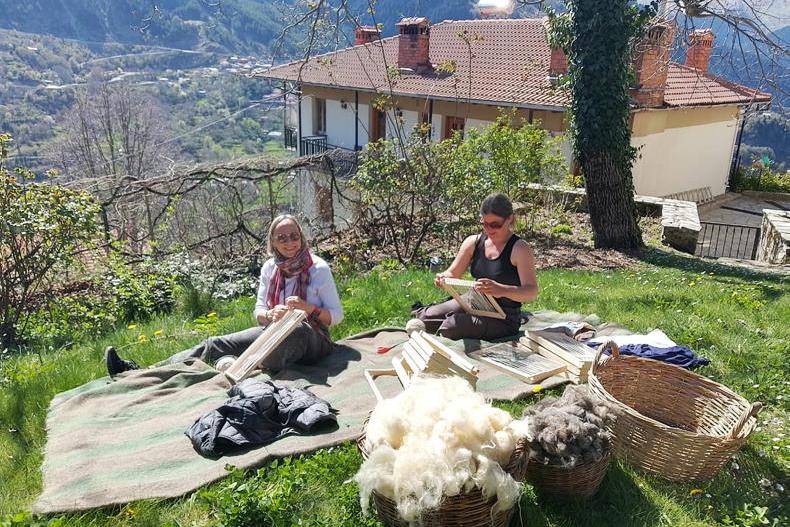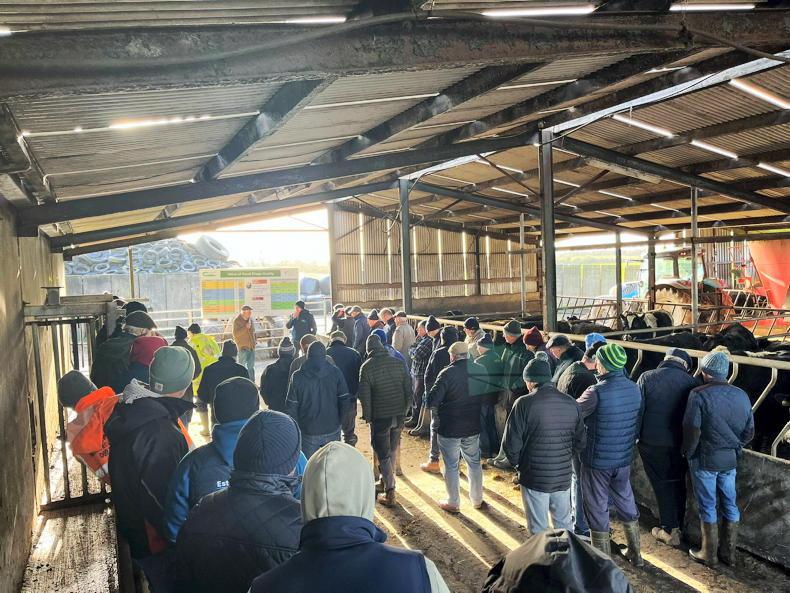As September begins, there are a number of jobs that need to be done and a few additions along the way that may help to improve your farm’s sustainability. From taking soil samples to doing a fodder budget, some of these tasks may require small levels of financial investment that will offer a return, while others require an investment of time.
Soil sampling
Given that there is no let up in fertiliser prices, ensuring you have an up-to-date set of soil samples is important. Ideally, samples should be taken every three to four years and the cost will be returned in targeted nutrient application.
Soil pH, phosphorus (P) and potassium (K) are the main things to get right and if your soil has been performing at index 3 or 4 on those parameters up to now, then it might be a good idea to test for other nutrients like magnesium and manganese. Most soil laboratories will have a few different options for the set of tests carried out.
Applying lime
Autumn is an ideal time to apply lime, whether that be after the last grazing or onto winter cropping ground so it can be incorporated. Lime application is one of the cheapest investments that can be made on-farm. It will improve soil fertility and can make nutrients more available.
Soil pH should be at 6.5 for grassland and cereals and your soil test results will indicate how much to apply.
Slurry application and testing
If slurry is being applied ahead of the closed period, target that slurry to fields which are low in P and K. Test the slurry where possible. It cannot be tested until it is agitated, so it will be applied by the time the results come back, but if your management system doesn’t change much or the fields where your silage is produced haven’t changed, then you will get a good indication of what nutrients the slurry contains for the following season.
Remember to apply in the best conditions possible; a dull, cool day and avoid heavy rain in the forecast.
Carry out a fodder budget
As many farmers across the country continue to deal with poor grass growth and feed out hay and silage to animals, it is important to work out a fodder budget for the winter ahead.
Sit down and examine what fodder stocks you have at present. Look at your animal numbers and their feed requirements for the winter ahead. It is important to be somewhat pessimistic in your calculations, so don’t assume that animals will be out to grass in the middle of February.
Concentrate prices have increased dramatically. Therefore, you should consider how much concentrate will be needed and how much this is going to cost. Does it make financial sense? Could you buy silage or hay or do you need to sell some stock off the farm?
Cropping options
On the tillage side of things, it is important to look at how crops have performed this year, some may not be harvested yet of course. Consider what crops and varieties performed best and why that was. Are there any premium crop contracts available to increase income, or is there an opportunity to forward sell for 2023?
For instance, if you are planting oilseed rape, it might be a good idea to sell a percentage of that crop now.
Fertiliser looks like it will be in short supply and expensive, so keep this in mind when planting.
What jobs can you do?
If you are under pressure with an off-farm job or feel you have a lot of work on, sit down and assess this work. Can a contractor be hired for some jobs? The spend on some jobs, like slurry spreading for example, might be worth it to take some pressure off.









SHARING OPTIONS